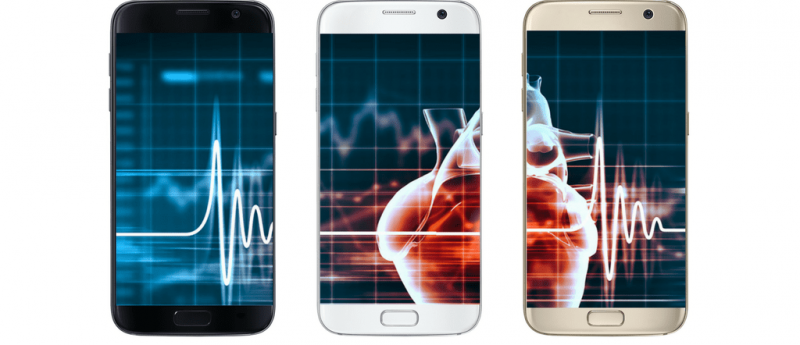Microsystem design takes step towards the future of wearable health monitoring technology

A recent article, published in Nature Communications, introduced an innovative design strategy for wearable health monitoring technology. The small, silicon based patch can be worn comfortably as a self-adhesive sticker whilst monitoring many different health indicators, transmitting data to a smartphone application.
The research team, led by Kyung-In Jang (Daegu Gyeongbuk Institute of Science and Technology, South Korea) and John Baker (Northwestern University;IL, USA) utilized an open-mesh, 3D interconnect network design of helical microcoils, to improve previous designs based on simple, 2D structures.
Approximately 50 components connected by a network of 250 wire microcoils were set in a flexible silicon bed, which enables the device to conform and contort with the natural movement of the body (unlike many hard monitors currently available). The microcoils, made of gold, chromium and phosphate, were arranged in a novel 3D structure, in an unusual spider web pattern. The components and microcoils were able to bend and contract , enabling smaller configurations, minimizing the size of the final product.
The patch is able to wirelessly charge, whilst transmitting data on health indicators such as heart rate, respiratory rate and movement, as well as neural or electrical activity in the heart, muscles, eyes and the brain. This data is collected and displayed in a smartphone application and can be collected continuously as the patch is worn..
A future application of this design is in the healthcare industry, but further research is currently planned to investigate the application of this technology in emerging interest areas, such as soft robotics or autonomous navigation.
Jang concluded: “Combining big data and artificial intelligence technologies, the wireless biosensors can be developed into an entire medical system which allows portable access to collection, storage, and analysis of health signals and information. We will continue further studies to develop electronic skins which can support interactive telemedicine and treatment systems for patients in blind areas for medical services such as rural houses in mountain village.”
Sources: Jang K-I, Li K, Chung HUet al. Self-assembled three dimensional network designs for soft electronics. Nat Commun. 8, doi:10.1038/ncomms15894 (2017); www.eurekalert.org/pub_releases/2017-08/dgi-st082017.php




